The icon is distinguished by the clarity of her face, gently rendered, framed by a light veil contrasting with the maphorion. Her direct and soothing gaze emphasizes the intercessory role of Mary, a figure of mediation and protection in the Orthodox faith.
Technique:
Egg tempera on wood prepared with gesso
Gilt leaf (background and halo)
Monoxylon panel with original carved frame
Size: approximately 22 x 13 cm
Some surface defects, wear and tear, but the original background is well preserved
The figure of the praying Virgin finds its origins in the Roman catacombs (3rd century), but it was in the East that it became central, particularly in the Byzantine liturgy. Its iconography remained unchanged for centuries: frontality, raised hands, fixed gestures, and a gilded background. This type of image was often incorporated into domestic iconostases or small rural chapels, testifying to a constant popular piety.
The icon presented here reflects this canon, in a style typical of post-Byzantine schools: a linear, expressive design, restrained color scheme, and decorative gilding. It reflects the influence of post-1453 Cretan and Macedonian art, which spread throughout the Balkans and the Aegean Islands.
Conservation status:
The work retains its ancient patina and presents several surface chips, particularly on the dark areas of the garment. The gilded background has undergone some alteration and wear, revealing the gesso in places. The frame is original, with some losses related to aging. No modern repainting is visible. The panel exhibits excellent stability.
The icon is a moving testimony to Orthodox religious fervor and the survival of classical Byzantine models in the 16th century. It will appeal to lovers of Eastern sacred painting, Christian symbolism, and ancient religious objects.
Very careful shipping
#ByzantineIcon #VirginIcon #OranteVirgin #Panagia #OrthodoxArt #SacredPainting #TemperaOnWood #16thCenturyArt #AncientIcon #ChristianIconography #BalkanArt #PostByzantineIcon #Proantic


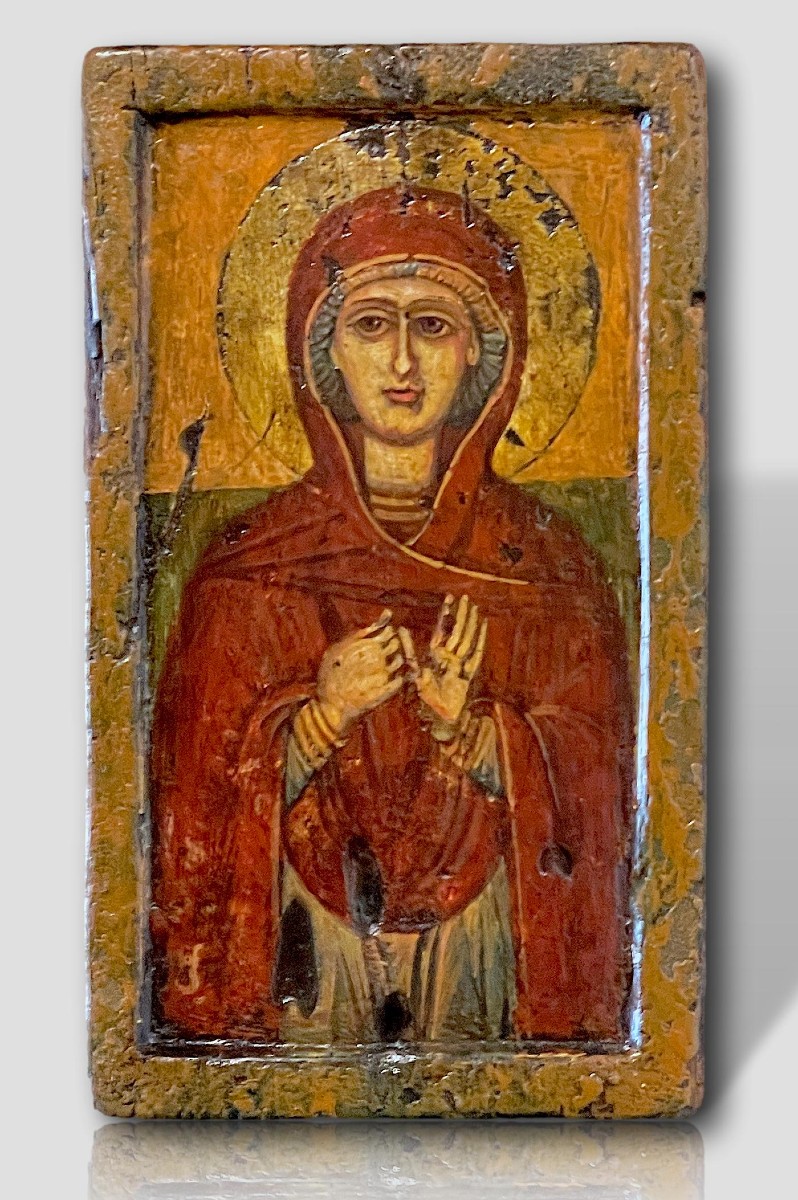
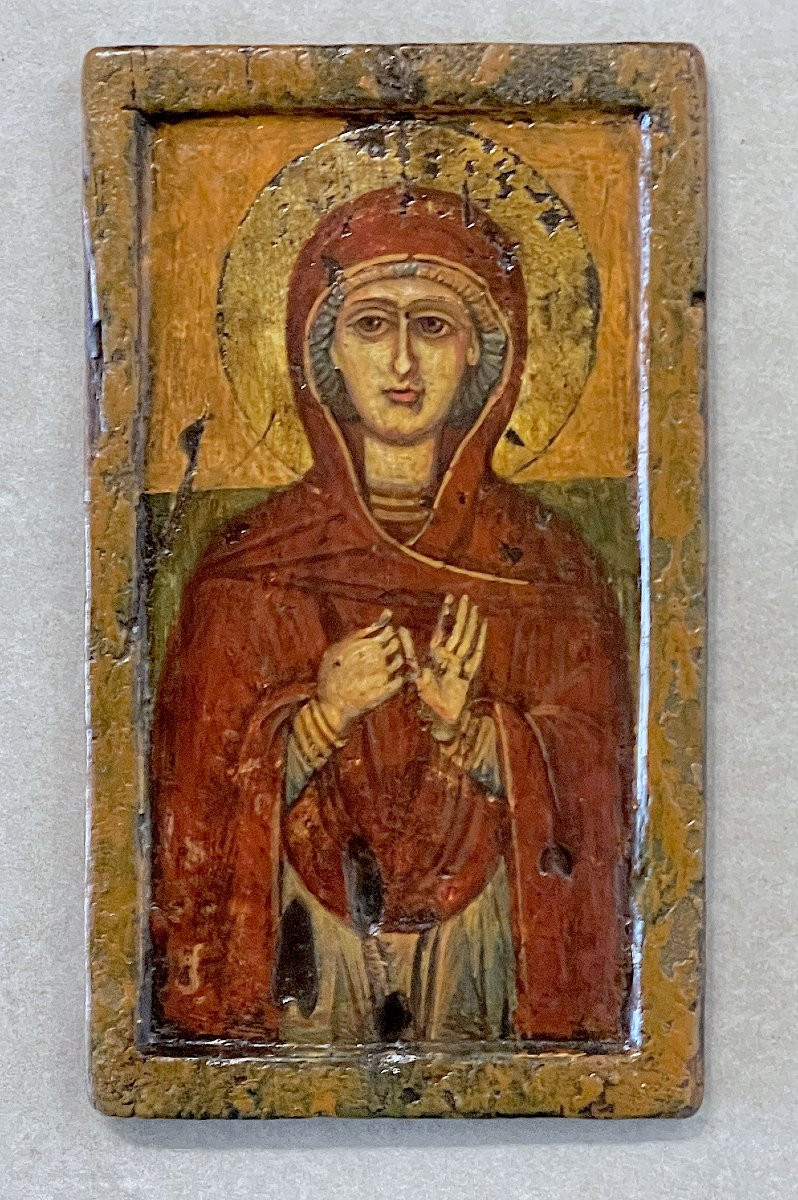

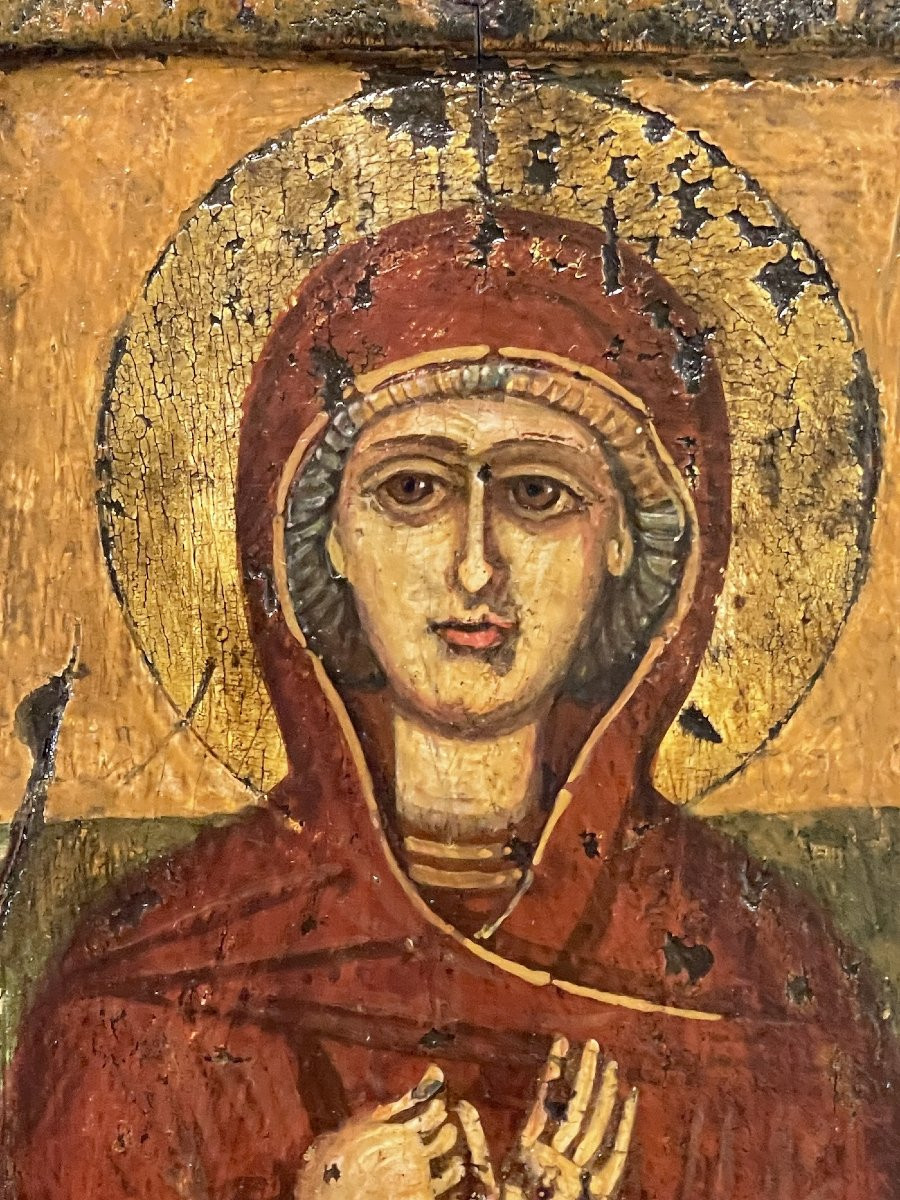















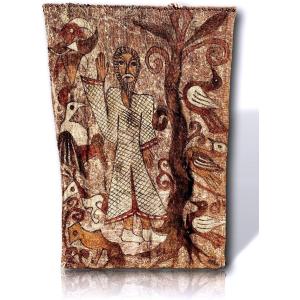


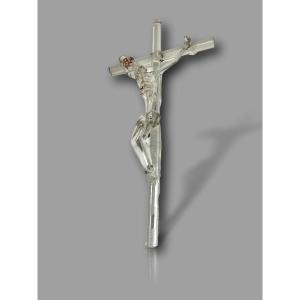
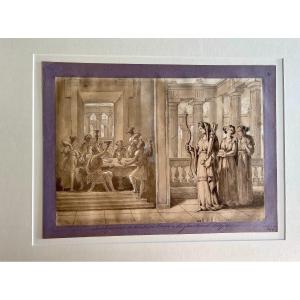

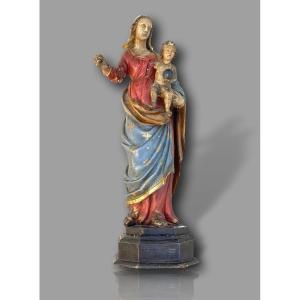






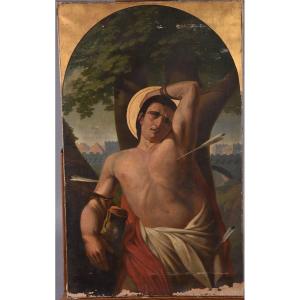

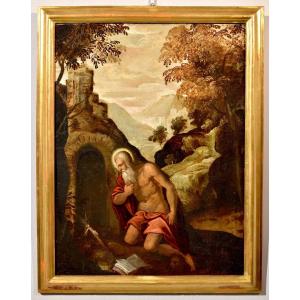

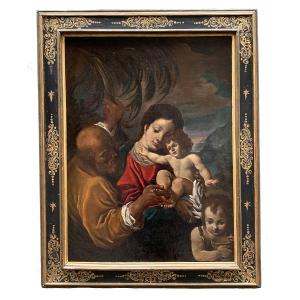



 Le Magazine de PROANTIC
Le Magazine de PROANTIC TRÉSORS Magazine
TRÉSORS Magazine Rivista Artiquariato
Rivista Artiquariato